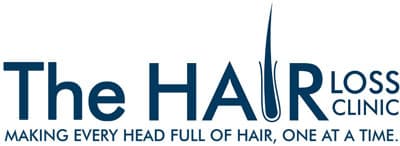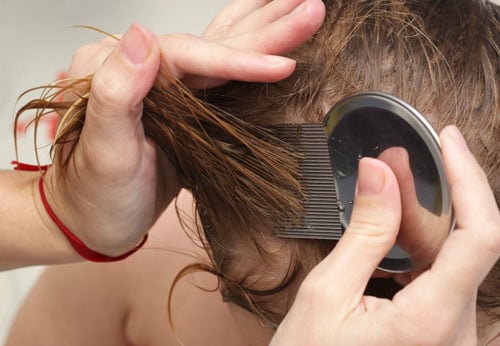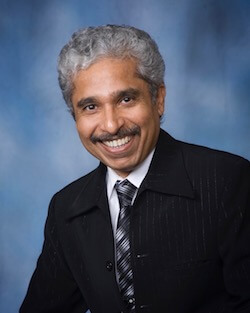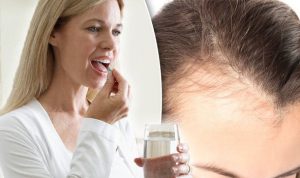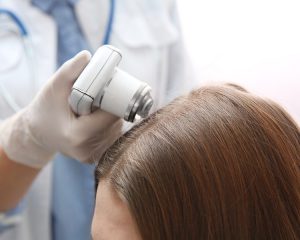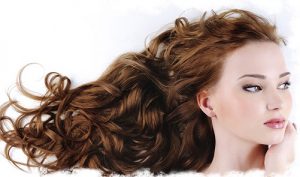Head Lice: Symptoms, Treatments, Myths and Facts
Head lice are one of the most common enemies of having a healthy scalp and hair. Surprisingly, having a head lice infestation is more common than you actually think!
Head lice often affect people of all hair groups and all hair types. More than often, there are innumerable myths and rumors associated with contracting and treating head lice. Prolonged exposure to headlice can lead to serious hair loss issues.
This blog has been penned down in order to help dispel some of these seemingly perennial misconceptions and bust some of the most common myths surrounding head lice.
What Are Head Lice?
Head lice are tiny mites that live in human hair. Head lice spend their life cycle on the human scalp and survive by sucking the host’s blood – more or less the same way as a mosquito. ‘Pediculosis Capitis’ in the medical term for head lice. The infection that one contracts due to head lice is termed as ‘Pediculosis’.
Head lice only affect the hair on the scalp. They are not found anywhere else on the body. Head lice infestations are very common and may affect 6 to 12 million people annually. Head lice problems are most commonly found in kids at the pre-school or the elementary level.
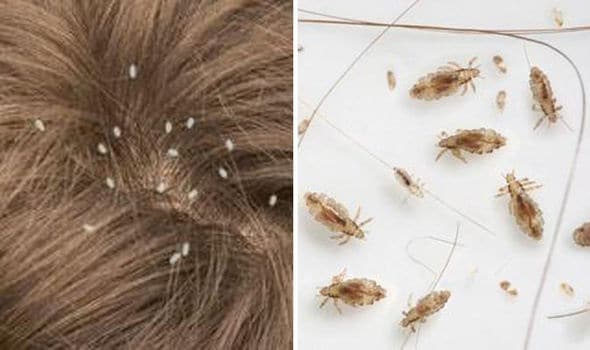
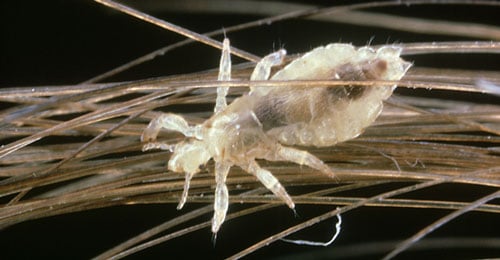
How Long Does Head Lice Stay On The Head?
Head Lice proliferate quite often and speedily. It is first necessary to understand the life cycle of the head louse before knowing how many days they often survive.
- The female louse lays about 6-9 small white eggs (called nits) per night when the host is still. Nits are actually often confused with dandruff. However, nits are firmly attached to the hair shaft as opposed to dandruff which often falls off as it is quite flaky.
- The nits are cemented to the hair shaft close to the scalp; the temperature of the scalp being ideal for their maturing and hatching.
- The nits hatch in about 6-7 days. In this phase, they are called nymphs. They are slightly smaller than the adult lice and reach maturity in approximately 10 days.
- Nymphs grow into adult lice which are the size of a sesame seed. Adult lice live for about 20-30 days.
Head lice multiply quickly as this cycle keeps on continuing until proper treatment is administered. Dr Balvant Arora, The Hair Loss Clinic’s lead hair expert often advises beginning a proper treatment to get rid of hair lice as soon as you spot them.
Having a head lice infestation is not only a distressing annoyance but in some countries can also carry serious diseases like typhus and trench fever.
What Are The Signs And Symptoms Of Hair Lice?
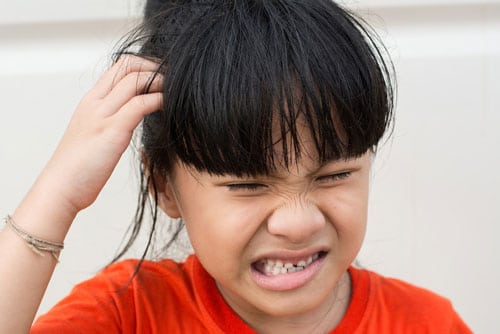
- Persistent, intense itching of the back of the head or neck. (The intense itching is a result of an allergic reaction to the lice’s saliva).
- Tiny white specks firmly attached near the base of individual hair. These are the ‘nits’ or eggs.
- Tickling and irritating sensation on the nape of the neck.
- A feeling of movement on the scalp.
- Seeing the mites themselves.
What Are The Myths That Revolve Around Hair Lice?
- Head Lice only infest dirty hair
Fact: It is one of the most common misconceptions that head lice often infest dirty and unhygienic hair. The chances of a person catching lice are the same even when the person maintains regular hair hygiene as well as somebody who rarely washes his/her hair.
- Head lice spread by jumping or flying
Fact: Head lice can only crawl. They can neither jump nor fly. Head lice infestation occurs when a person having lice comes in direct ‘head to head’ contact with another individual or by using things like scarves, caps, hair accessories, etc that belong to an infected person. Through this contact, the lice generally crawl with their hook-like legs with which they tightly clutch the hair shaft.
- Head lice live in pillows and mattresses
Fact: Head lice can only live on the human scalp. They do not ‘live’ on pillows and mattresses. One can catch a lice infestation by sharing the pillow covers or mattresses with an infected person, but that does not imply that head lice live there. Without the host, adult head lice can only live up to a day as they need to feed every 6 to 7 hours. So, this is one of the most common myths that head lice live on pillow covers and mattresses.
- People with African American curly hair do not get lice.
Fact: It is a myth that people of African American ethnicity do not get lice. Head lice infestations can occur in everybody irrespective of gender, age, hair color, and even ethnicity. Head lice infestation is rare when it comes to African American hair due to curly textures, use of heating appliances while hair styling, and even the use of oil-based hair products. Nonetheless, lice can spread in any hair type including African American hair.
How Does Head Lice Spread?
Head Lice can spread in the following ways:
- Direct and close contact with a person who has the infestation.
- Sharing of caps, combs, and hairbrushes can result in the spread of head lice. It can also travel from one head to another on a towel, pillow, or seat/chair headrest. This is possible as an adult louse can stay alive for at least a day away from the human scalp.
- Borrowing ribbons, scarves, or other head coverings.
- Because head lice prefer an undisturbed environment, they are more commonly seen in people with long hair and/or who don’t wash/brush their hair regularly.
What Is The Treatment Available For Head Lice?
- Head lice infestation must be treated on time as they are highly contagious and often cause irritation and itching to the person affected by it. Dr Balvant Arora is an expert trichologist who will guide you thoroughly regarding what to do when you have an infestation. Head lice are very contagious, and it is advisable that all family members be treated promptly and at the same time
- Modern commercial preparations and OTC drugs will usually eradicate infestations in a one-step shampooing treatment. However, consulting an expert is necessary for the treatment to go smoothly.
- Following treatment, dead mites and nits are removed with a fine-toothed (preferably metal) ‘nit comb’ Robi-combs are reported to be quite effective in trapping mites and nits.
- The severity of the infestation decides whether or not more than one session is required for completely eradicating the lice.
- Thoroughly wash, dry-clean or dispose of any items that came in contact with the infested scalp These items would include brushes, combs, hair clips, caps, ribbons, and hairdressing or household linen.
Some Important Points!
- The white shells that can easily be seen are the louse’s natural diversionary camouflage. These shells are empty and harmless.
- The living eggs are laid close to the scalp as the hair grows outward to reveal previously undetected eggs.
- Treatment failure may then be assumed as the hair grows outward to reveal previously undetected eggs.
If an effective louse/ovicide treatment has been used, no mobile stages of lice will be detected and re-treatment is not necessary.
Treating head lice infestations on time and with expert help is necessary. Dr Balvant Arora makes sure that you receive the proper treatment at The Hair Loss Clinic to take care of your hair and scalp health. If you have any queries or questions regarding head lice, book a one-on-one appointment with Dr Balvant Arora where he will guide you through with his expert opinion.
